

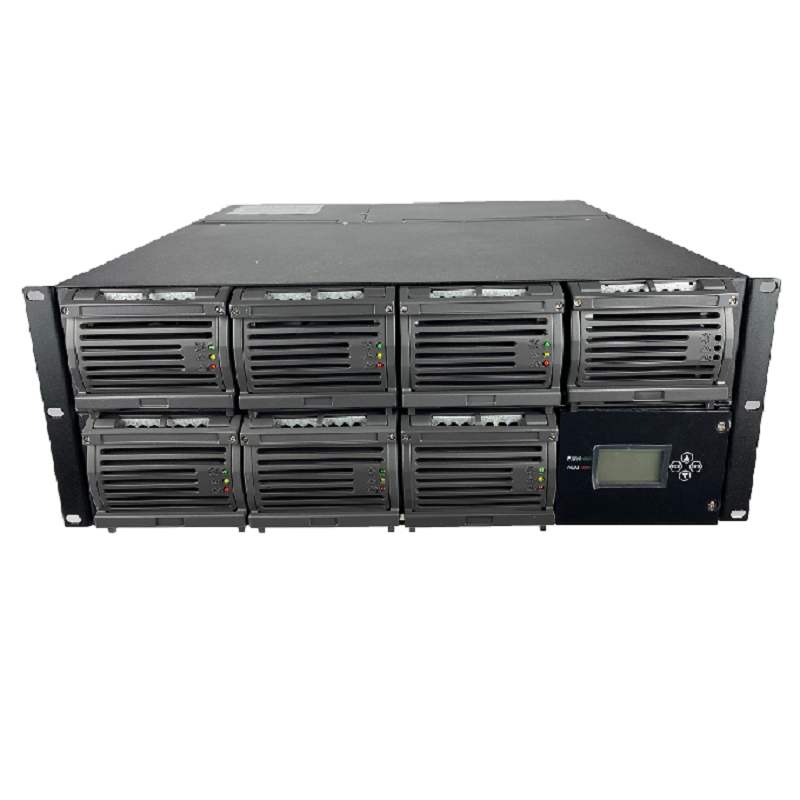
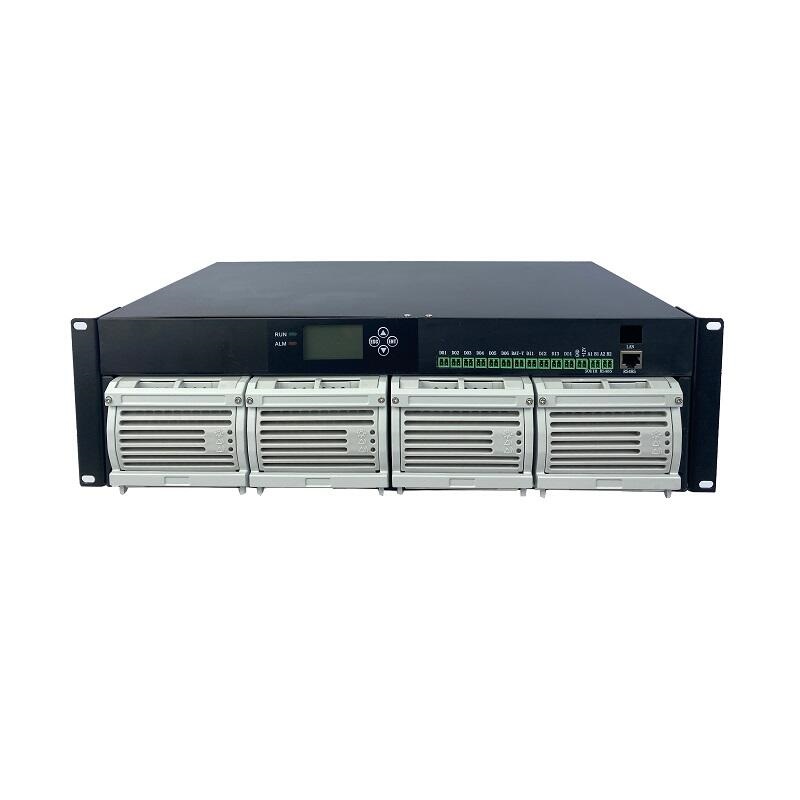
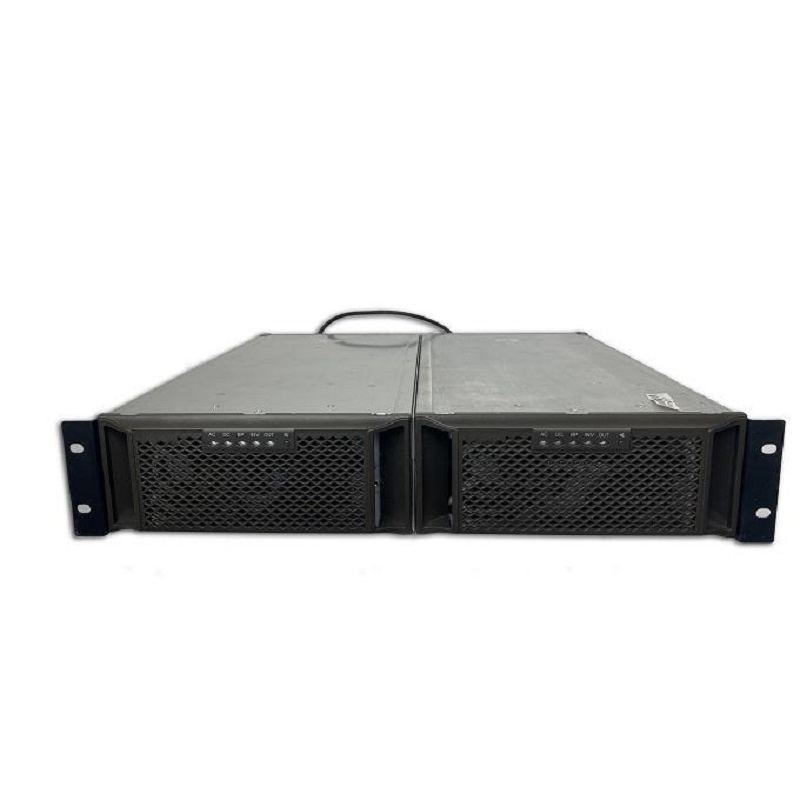
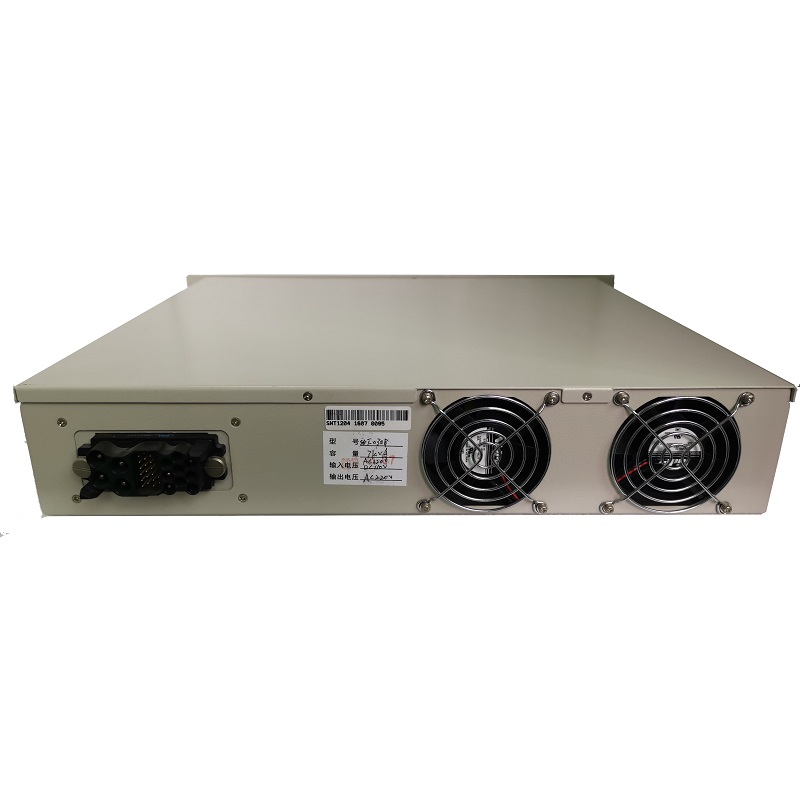

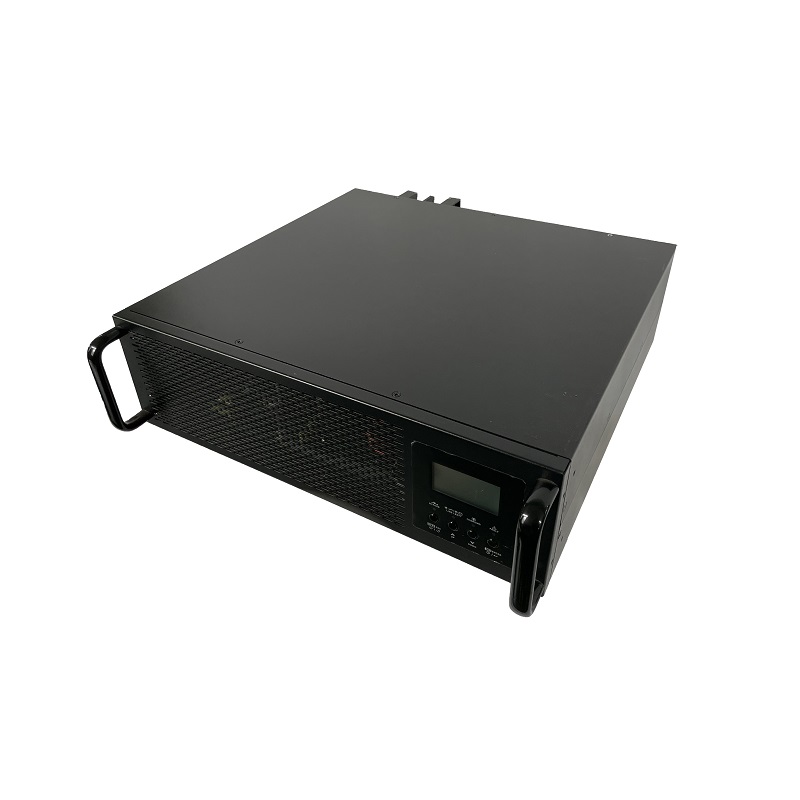
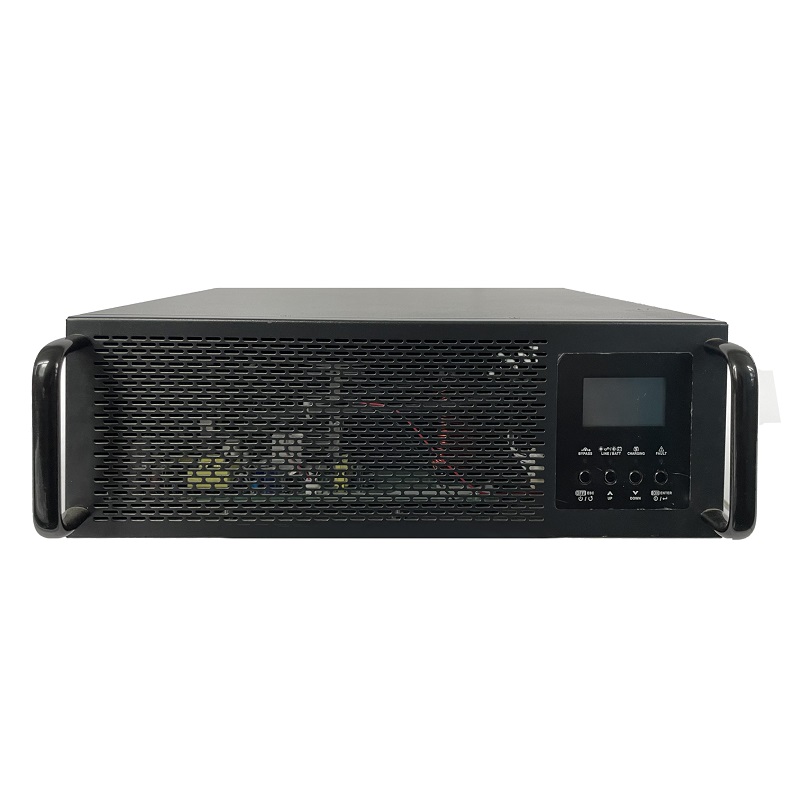
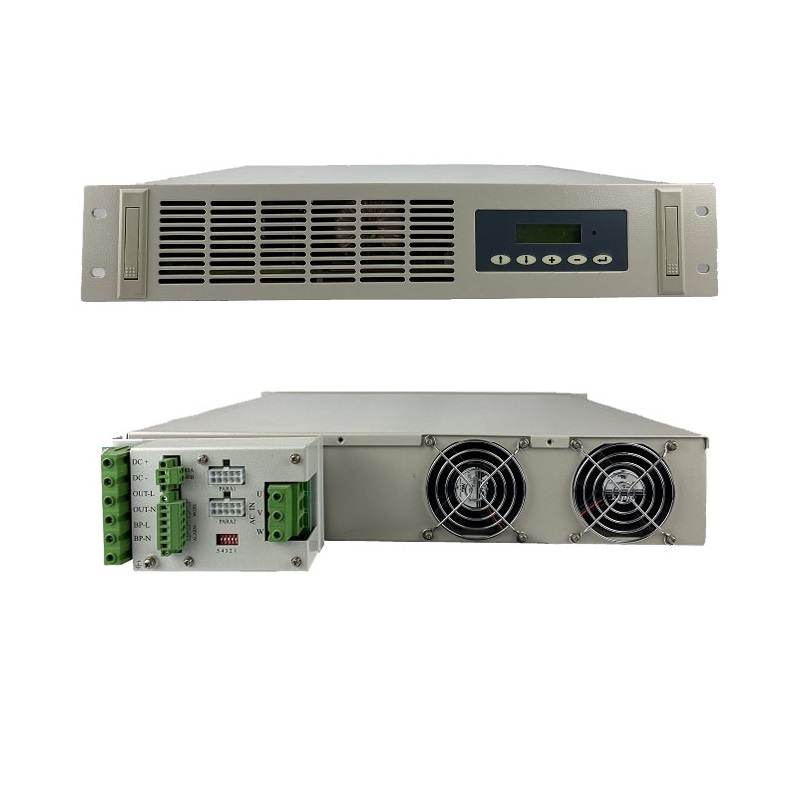
BWT-DT1500 serial 48Vdc &220Vdc modular parallel connection inverter is an inversion device that converts 48V dc/220Vdc power supplied by communication DC power supply into 220V/50Hz sinusoidal AC power. It is designed with complete isolation of input and output, and allows hot plugging and parallel connection redundancy. With small size and convenient parallel connection, it is a product specially designed for users with high requirements for power supply reliability and maintainability.
BWT-DT2000 parallel inverter specially designed to the application of reliability and cost-effective & high safety power supply. It uses full (electrical) isolation inverters technology to convert direct current into high quality pure sinusoidal alternating current (AC),Rack mount type easy install in the cabinet.
Telecom DC 48V 10000 Watt inverter 10KVA is a new generation of dual input inverter solution designed for the field of communication applications, which is suitable for the high reliability of the communication system. The solution is equipped with a 110V/220V/230V AC power supply and a 110V DC power supply, which fills the gap between the traditional UPS power supply and common 2400W pure sine wave inverter solutions.
This type Embedded Power System is widely deployed in the Telecom/Industrial environment today, a new generation “Green & Energy Saving” system, aiming at outdoor low power mobile Telecom/Industrial power market, meeting the trend of Telecom base station development, saving construction cost and shortening time. The system is highly adaptable with environment, features with wide operating temperature range, meeting the demand of high level users.
Telecom 48v 1000w pure sine wave inverter is a new generation of dual input inverter solution designed for the field of communication applications, which is suitable for the high reliability of the communication system. The solution is equipped with a 110V/220V/230V AC power supply and a 110V DC power supply, which fills the gap between the traditional UPS power supply and common 2400W pure sine wave inverter solutions.
